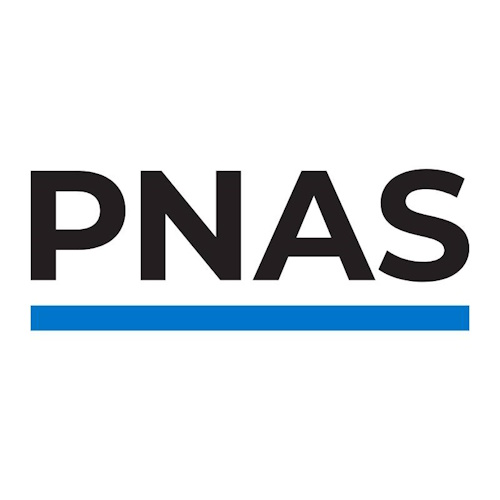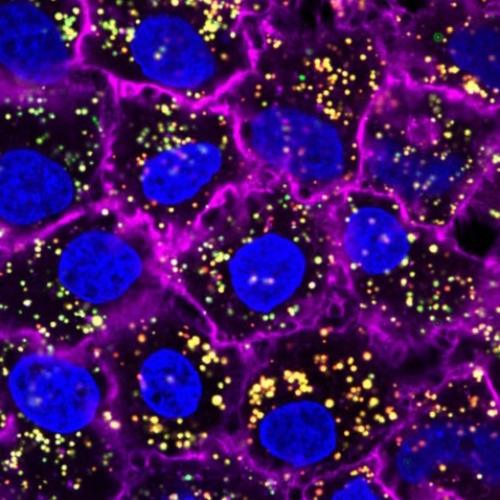Key points from article :
Getting drugs into disease-ridden cells has remained a major challenge for modern pharmacology and medicine.
Carbon nanotubes enable direct drug delivery from liposomes into the cell.
A dimer of small-diameter carbon nanotube porins (CNTPs) functions as a potent promoter of membrane fusion.
Enhancing liposomal stability on the way to target and easing payload release into the cytosol of target cell.
When loaded with a chemotherapeutic agent (doxorubicin), these carriers delivered the drug to cancer cells, killing a majority of them.
"..provide the basis for constructing the long-desired versatile carrier for direct and highly efficient delivery of drugs and vaccines across the plasma membrane," - Alex Noy, lead researcher at LLNL.
"This strategy could bypass the endocytotic pathway entirely," - Gerhard Hummer, Biophysicist at Max Planck Institute.
Research by LLNL, University of California Merced, and Max Planck Institute of Biophysics published in PNAS.





